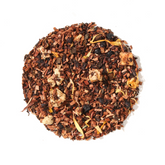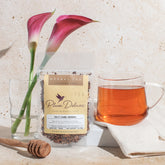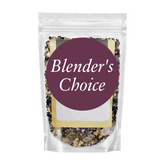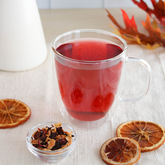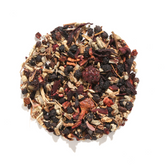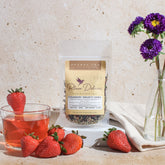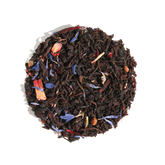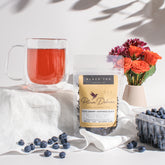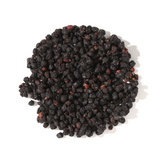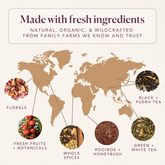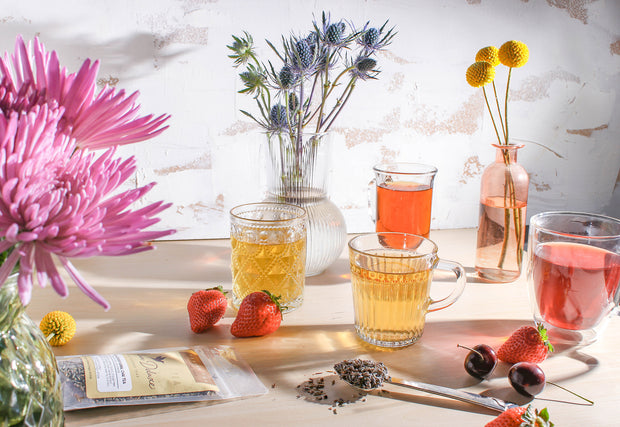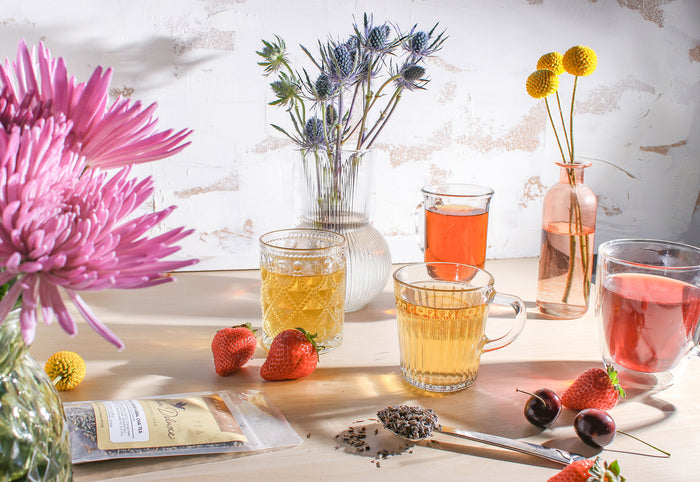With the word “breakfast” in the name, you may guess with some accuracy how much caffeine is in English Breakfast tea. After all, many people seek caffeine to jump-start a day. Breakfast teas offer a strong brew, with 30–60 mg of caffeine per eight-ounce cup.
You’ll need to double that if your cup is as big as mine. Even so, eight ounces of brewed coffee generally will have at least 96 mg of caffeine, and quite possibly more. (And, seriously, who drinks just eight ounces?)

What is English Breakfast Tea?
English Breakfast tea may be best defined by what it is not: It is not a single-origin tea. Rather, it is a blend of 2–3 or more black teas from China, India, and/or Africa. Interestingly, there is no single recipe or even a key ingredient besides Camellia sinensis. Each maker has its own blend, and the contents vary significantly, which means the caffeine can vary significantly.
Another distinguishing feature of English Breakfast tea is that it’s made with smaller, broken leaves (aka CTC), and even fannings and dust (fine bits of leaves and stems), which release more flavor and caffeine quickly when brewed, resulting in a strong, bold cup of tea, a match for the heartiest of breakfasts and the addition of milk and sugar. Surely if it’s called “English,” milk and sugar are required, right?

The History of English Breakfast Tea
The origin of English Breakfast tea is unclear. Certainly, blended black teas have been a staple of breakfasts in England, Ireland, and Scotland for a long time. It seems the name “English Breakfast” may have been coined in America, around 1843, by a Scottish tea merchant living in New York. Go figure. Some people credit Queen Victoria with making the name popular in the UK.
This much I can tell you: I can find no reference to “English Breakfast” in my well-indexed 1888 copy of Mrs. Beeton’s Book of Household Management. Consequently, I cannot believe the name “English Breakfast” was popular or widespread then, as Mrs. Beeton is the undisputed Victorian authority on traditional English cookery.
Aside: There is an episode of Jeeves and Wooster (the tv adaptation of P. G. Wodehouse’s novels) in which Bertie uses Mrs. Beeton’s book to make tea because he doesn’t know how. Give me a shout when you find it!

Decaf English Breakfast Tea
It may seem odd to decaffeinate an energy-boosting breakfast tea, but there is more to breakfast teas than a bracing hit of caffeine. The Plum Deluxe House Blend, with its English Breakfast-plus-vanilla signature flavor, is thankfully available in decaf.
Because the base of English Breakfast is black tea, aka Camellia sinensis, it naturally has caffeine. It must be processed to remove the caffeine, and that process is never 100% effective. Decaffeinated teas retain trace amounts of caffeine. And just as caffeinated teas contain varying amounts of caffeine, decaf teas contain varying amounts. An eight-ounce cup of decaf tea is said to have two milligrams of caffeine but can have as much as five or 10 milligrams.
Note that “decaf” and “caffeine-free” are not the same. Tisanes (herbal teas) are naturally caffeine-free, containing zero milligrams of the jitters-causing stuff. If you’re sensitive to caffeine, Plum Deluxe will take care of you: decaf and caffeine-free teas are clearly identified.

English Breakfast Near Relations
English Breakfast has a couple of near relations: Scottish Breakfast and Irish Breakfast. Heritage Blend black tea is a Scottish Breakfast blend of Indian, African, and Sri Lankan teas with real maple syrup for a better-than-pancakes start to any day.
How much caffeine is in English Breakfast tea may pale in comparison to this: Fog Cutter is an Irish Breakfast blend combining Darjeeling, African, Ceylon, and Assam with zesty lemon. If this doesn’t get you going, you’d better call in sick.
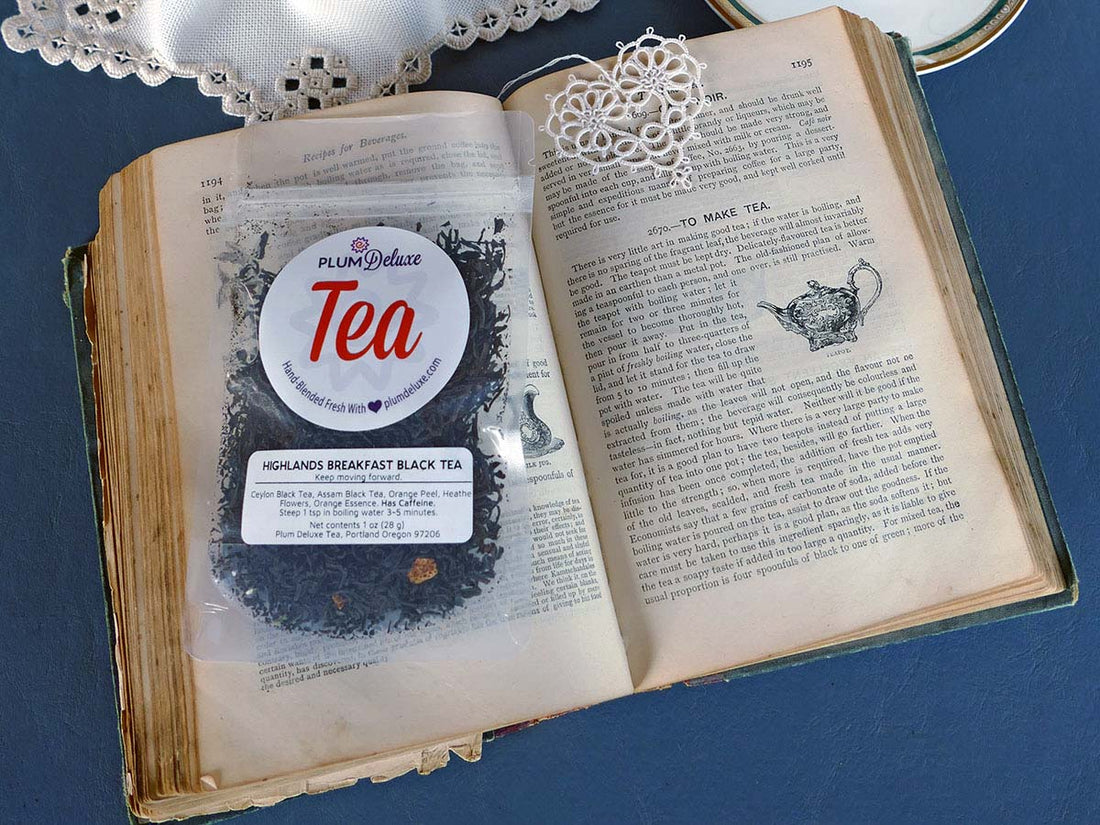
![Spring Break Tea Variety Pack [6-Pack Variety of Flavors]](http://www.plumdeluxe.com/cdn/shop/files/spring-break-pack.jpg?v=1740682266&width=165)

